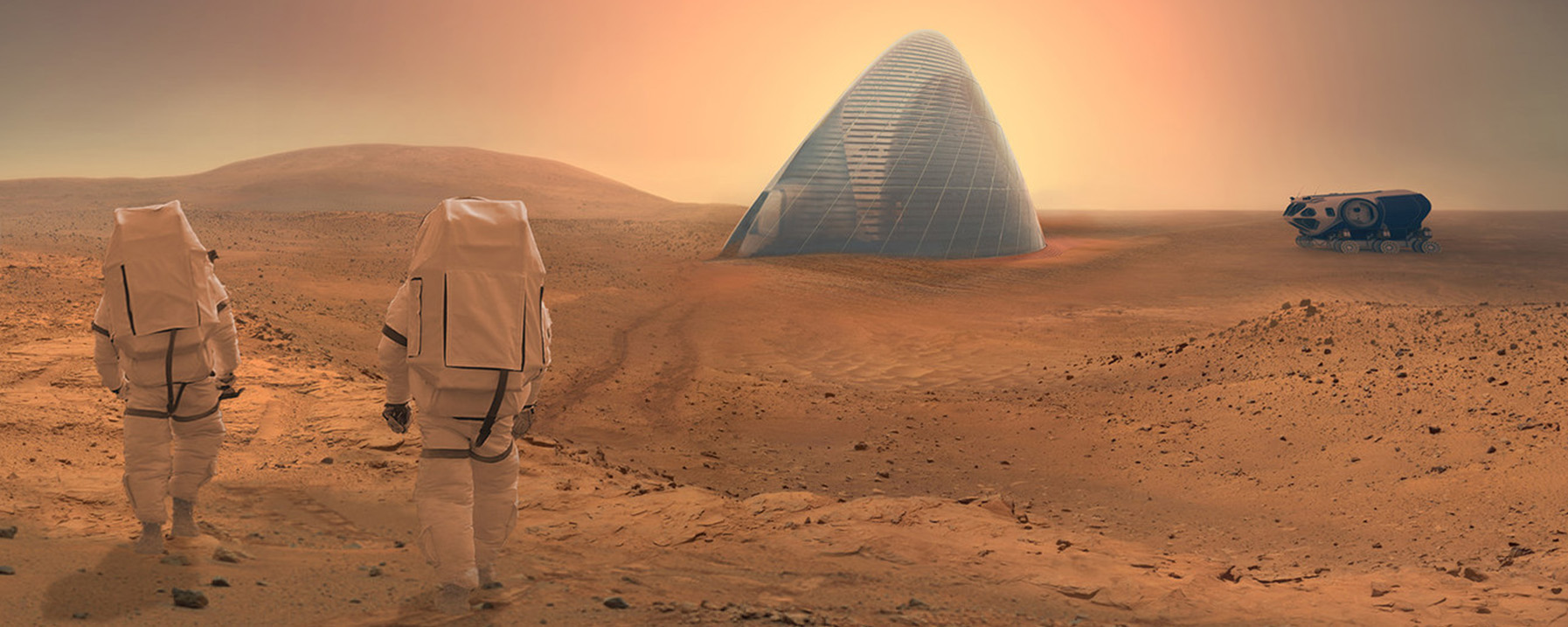NASA is offering $1.1 million in prize money in Phase 2 of the 3D-Printed Habitat Challenge for new ways to build houses where future space explorers can live and work. The three-part competition asks citizen inventors to use readily available and recyclable materials for the raw material to print habitats.
Phase 2 focuses on the material technologies needed to manufacture structural components from a combination of indigenous materials and recyclables, or indigenous materials alone. NASA may use these technologies to construct shelters for future human explorers to Mars. On Earth, these same capabilities could also be used to produce affordable housing wherever it is needed or where access to conventional building materials and skills is limited.
“Shelter is an obvious necessity as we prepare to explore worlds beyond our home planet, but space and weight aboard our vehicles are precious, and taken by the many other resources we will need for survival,” said Steve Jurczyk, associate administrator for NASA’s Space Technology Mission Directorate. “That’s why we are seeking the technology to reuse the materials we will already be carrying, and combine them with what is already available at our destination, which is, in this case, soil. We recycle here on Earth – why not on Mars?”
NASA has partnered with Bradley University, in Peoria, Illinois, and sponsors Caterpillar, also in Peoria, Bechtel, and Brick & Mortar Ventures, both in San Francisco, for Phase 2 of the competition.
“Innovation, collaboration and experiential learning, three of Bradley University’s core values, are at the heart of the 3D-Printed Habitat Challenge with NASA and Caterpillar,” said Bradley University President Gary Roberts. “The challenge provides an unparalleled opportunity for students and faculty to network, create relationships with mentors and explore new ideas as they partner in creating solutions for our world and beyond.”
Registration for Phase 2 is now open; teams have until Jan. 31, 2017 to sign up. The challenge will culminate in a ground competition in August 2017 at the Caterpillar proving ground facilities in Peoria. Phase 3 will focus on fabrication of complete habitats. Phase 1 of the 3D-Printed Habitat Challenge, a design competition, was completed in 2015.
NASA’s Centennial Challenges Program uses competitions to draw citizen inventors from diverse backgrounds and disciplines to push technology forward for the benefit of space exploration. Centennial Challenges is part of the agency’s Space Technology Mission Directorate.
For more information about the competition, visit:
To register, and for the official rules and documents, visit:

























